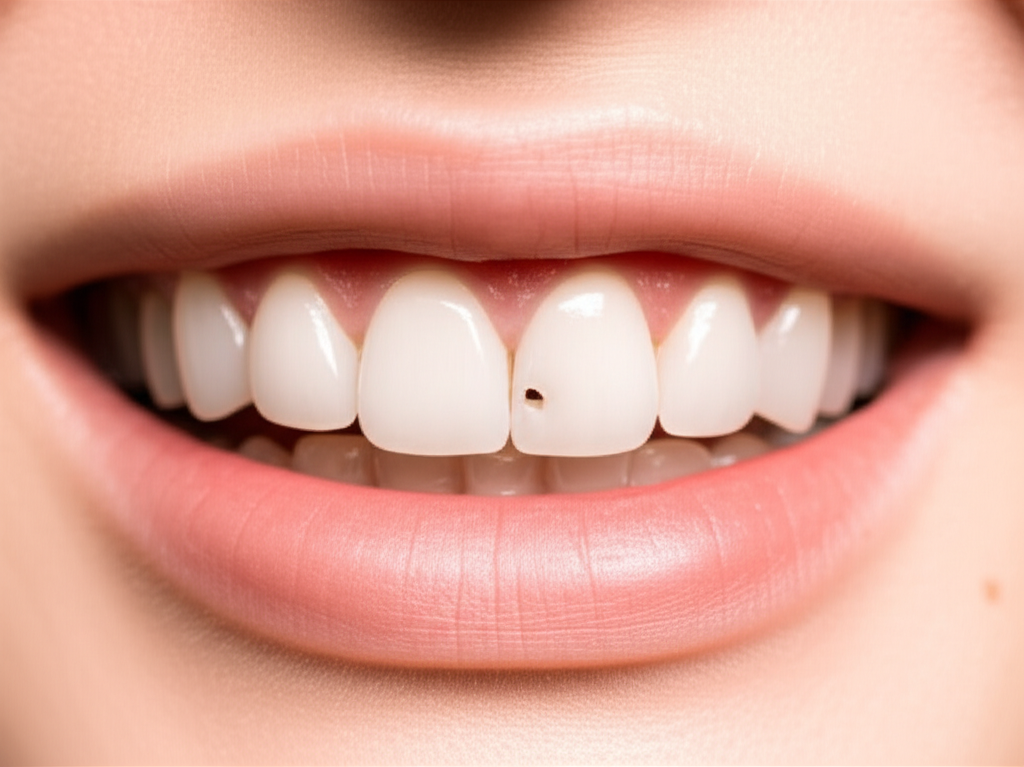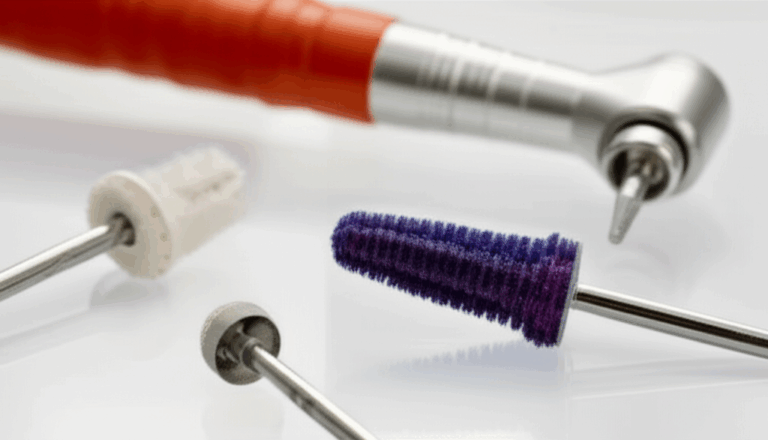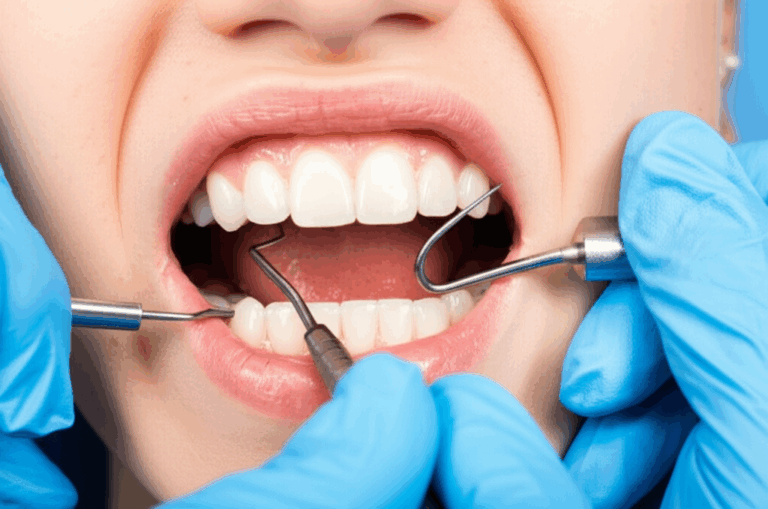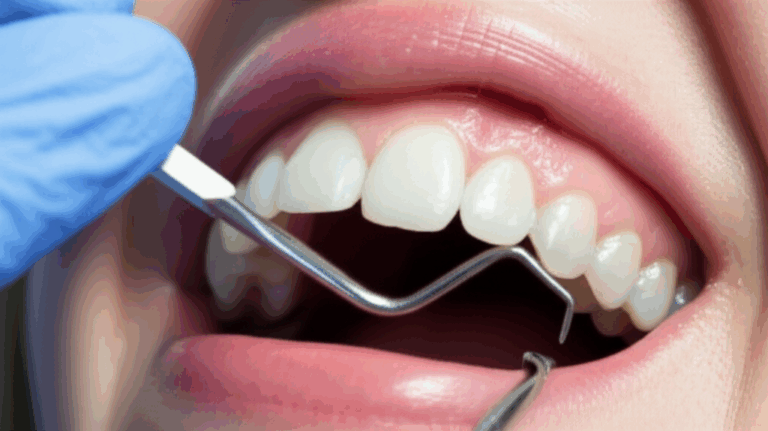
Can Veneers Be Repaired? Your Complete Guide to Fixing Chipped, Cracked, or Damaged Veneers
That awful sound when you bite down on something hard or spot a small chip where your bright white veneer used to be—if this is you, take a second. You’re not alone. People get veneers to have a great smile, so it’s normal to worry when something happens. Maybe you’re looking in the mirror right now, asking, “Can veneers be fixed?” Or maybe you just want to know what to do if you chip, loosen, or crack a veneer.
Here’s the good news: Veneer problems are pretty common, and there are ways to fix them. I’m here to give you clear, honest answers for regular people—not just dentists. We’ll go over your options, what to expect, and help you feel sure about what to do next. Every smile can be saved!
In This Article:
- Can Veneers Really Be Fixed? (The Simple Answer)
- What Can Happen to Veneers?
- Porcelain Veneer Repair: What You Can and Can’t Fix
- Composite Veneer Repair: Easier and Quicker
- Step-by-Step: The Veneer Repair Process
- Should You Fix or Replace a Damaged Veneer?
- Repair vs. Replacement: What Will It Cost?
- How Long Does a Veneer Repair Last?
- How to Avoid Breaking Veneers Again
- Picking the Right Dentist or Lab for Repairs
- Key Points and What to Do Next
Can Veneers Really Be Fixed? (The Simple Answer)
Let’s answer this right away: Can veneers be fixed?
Yes—sometimes, but not every time. It depends on:
- What kind of veneer you have (porcelain or composite)
- How bad and where the damage is
Porcelain veneers can sometimes be fixed if it’s just a tiny chip or a small crack. If it’s a big break or deep crack, getting a new veneer is the best choice.
Composite veneers? They’re much easier and faster to fix. Dentists can add, shape, and polish new composite resin in one visit. The repair can match the original and is pretty quick.
So, if you’re stressed about broken veneers, remember: You might not need to start from scratch. But you do need a dentist to help you pick the best way.
What Can Happen to Veneers?
First, figure out what’s wrong. Here’s what usually happens:
Usual Causes of Veneer Problems
Think of a veneer like the paint on a car. Lots of things can chip, crack, or stain that smooth surface:
- Chipping: Biting ice, hard foods, or using your teeth as tools (please stop!) can chip veneers fast. Even a small chip can feel big.
- Cracking: This is more likely after a hit to the face, a fall, or grinding your teeth at night.
- Loose Veneers (Debonding): Sometimes a veneer lifts from the tooth. This can be from old glue, a bad fit, or years of use.
- Break (Fracture): Not common, but when a veneer breaks, it’s usually from a strong hit.
- Scratches or Worn Surface: Over time, even the best veneers can get scratches or mild stains, especially if you love coffee or red wine.
How Do You Know Your Veneer Needs to Be Fixed?
Watch for:
- A rough edge or a missing bit
- Visible cracks
- Tooth feels sensitive to hot or cold
- The veneer feels loose or moves when you touch it
- Your bite feels different
Don’t wait if you notice these. Fixing problems early is always simpler—and cheaper—than letting things get worse.
Porcelain Veneer Repair: What You Can and Can’t Fix
Porcelain veneers are considered the best choice—super shiny, natural looking, and really strong. But they can break.
Porcelain Veneers: What You Can Fix
- Small Chips or Surface Problems: If damage is only at the edge or just a minor spot, your dentist can use a white filling material. They’ll use composite resin to patch the chip, which blends into your veneer. It’s usually quick and doesn’t hurt.
- Shallow Cracks: If the crack is only on the surface and isn’t too deep, your dentist might be able to fill it so it doesn’t get worse.
Porcelain Veneers: What Can’t Be Fixed (or Shouldn’t Be)
Sometimes fixing isn’t the best move:
- Big Breaks or Deep Cracks: If your veneer is broken in half or a big piece is gone, it can’t be glued back the right way. You’ll need a new one.
- Damage to the Tooth Underneath: If your real tooth is broken or has a cavity, you might need a whole new veneer and fix the tooth too.
- Bad Color Match: Sometimes, when you patch with resin, you see a color line. If you want a white, even smile, starting over is better.
- Veneer Falls Off: If a veneer comes off whole and the tooth underneath is healthy, sometimes dentists will glue it back. But if it keeps coming off, the real problem might be a bad fit or worn-out veneer.
In short: Small chips? Probably fixable. Big broken pieces? Get a new veneer.
Composite Veneer Repair: Easier and Quicker
Composite veneers aren’t as shiny as porcelain, but they have a major plus: repairs are easier and cheaper.
When You Can Fix Composite Veneers
- Chips and Cracks: Dentists can just add more composite, shape it, and polish it till it looks like new.
- Edges or Shape: If your veneer is worn at the edge or looks uneven, fixing with composite resin is easy.
- Stains or Color Changes: Small stains can be polished out, and new resin can be added to freshen the color.
Why Composite Repairs Are Great
- Same-Day Repairs: Most can be done in one dental visit.
- Cheaper: Repairs cost less than getting a whole new one, and less than porcelain.
- Good Color Match: Today’s materials come in lots of tooth colors, so repairs can be hard to spot.
One warning: Composite is a bit softer than porcelain, so it can get stained or chipped more easily—but fixing it is fast and easy when needed.
Step-by-Step: The Veneer Repair Process
Ever wonder how dentists fix a broken veneer? Here’s a simple look at what happens:
1. Visit and Checkup
You’ll see your dentist. They’ll look at the damage and may take an X-ray.
They’ll check:
- What kind of veneer you have
- If your real tooth is still healthy
- If fixing or replacing is smarter
2. Repairing Small Problems
Porcelain Veneers:
- Clean: The dentist cleans the area.
- Etch: They roughen up the spot to get the patch to stick.
- Glue: A special glue is put on, followed by tooth-colored resin.
- Shape: The dentist shapes the resin so it matches your veneer.
- Hardening: A blue light sets the material in 30 seconds.
- Polish: It’s smoothed and shined so it looks normal.
Composite Veneers:
- Prep: Your old composite is cleaned and roughed up.
- Layering: New resin is built up in thin layers and each is set with a light, then shaped.
- Polish: Everything is buffed and shined.
Gluing a Veneer Back On
- Check the Tooth and Veneer: Both are cleaned and checked for cracks.
- Position and Clean: Sometimes both are etched to help them stick together.
- Dental Glue: New glue is applied, the veneer is pressed on, extra is wiped away, and a light sets it.
- Polish: Shined so it feels and looks right.
Time Needed
Most veneer repairs take 30-90 minutes for each tooth. You come in worried—leave with a smile.
Should You Fix or Replace a Damaged Veneer?
Sometimes fixing is fine; sometimes it’s better to replace. Here’s what helps you decide:
Repair Makes Sense If:
- The damage is small (little chips, surface cracks)
- The rest of the veneer and your tooth are in good shape
- The veneer isn’t old, and the fix won’t show
- You need something quick and less expensive
Replacement is Better If:
- The crack or break is big or goes through most of the veneer
- You’ve had to fix the same veneer again and again
- The tooth underneath is bad
- Looks really matter and a patch would show
- Your veneer is old (yellow, worn, or keeps falling off)
It’s like patching a wall: A small hole you can fill, but a big hole needs a new piece of drywall.
Repair vs. Replacement: What Will It Cost?
Let’s talk money—because that matters.
Veneer Repair Costs
- Small Composite Patch (on porcelain or composite): $150 – $450 per tooth
- Gluing a Veneer Back On: $100 – $300 per tooth
- Big Composite Repair: $300 – $700 per tooth
Veneer Replacement Costs
- New Porcelain Veneer: $1,000 – $2,500+ per tooth
- New Composite Veneer: $600 – $1,500 per tooth
Dental Insurance: Will They Help?
Your dental insurance might pay for some repairs—especially if it was an accident. Cosmetic fixes, though, are often not paid for. Always call your insurance to check. Your dentist can help with paperwork if you qualify.
What Affects the Price?
- How Bad the Damage Is: Small fixes are cheaper; harder repairs cost more.
- Material: Porcelain is more expensive than composite.
- Dentist’s Experience and Location: Big cities and cosmetic dentists may cost more, but often do better work.
- Lab Work: If your veneer is sent to a veneer lab or needs a special color, the cost can go up.
How Long Does a Veneer Repair Last?
Honest answer? It depends. A patch, even done well, usually doesn’t last as long as a brand new veneer.
- Composite Patches on Porcelain: Usually 3–7 years, possibly less if you grind your teeth or eat hard stuff.
- Composite Veneer Repairs: 5–10+ years, if you take care of your teeth and the dentist does good work.
- Sticking a Veneer Back On: If the tooth and veneer are good, gluing it back can last years.
What Makes a Repair Wear Out Faster?
- Grinding or clenching at night (get a night guard)
- Eating a lot of hard, sticky, or crunchy foods
- Using your teeth for things besides eating (don’t!)
- Poor brushing/flossing or skipping dentist visits
- Teeth or gums problems
The better you care for your teeth, the longer your repairs (and veneers) will last.
How to Avoid Breaking Veneers Again
After your veneer is fixed, you’ll want to keep it that way. Here’s how:
- Say No to Hard Foods: Don’t chew ice, hard candy, or bite into popcorn kernels or nut shells.
- Don’t Use Teeth as Tools: Use scissors or tools, not your teeth, to open things.
- Wear a Night Guard: If you grind your teeth at night, ask your dentist for a custom night guard.
- Protect Your Smile When Playing Sports: Wear a mouthguard for contact sports or rough activities.
- Brush and Floss: Take care of your mouth, and see your dentist regularly.
- Watch What You Eat and Drink: Even though veneers don’t stain easily, the edges and repairs can pick up color from coffee, tea, or wine.
Be gentle with your teeth and veneers will last you many years.
Picking the Right Dentist or Lab for Repairs
Fixing veneers isn’t a basic dental job. You need someone skilled with cosmetic dentistry.
What to Look For:
- Experience With Veneers: Ask how many repairs they’ve done, and ask to see photos.
- Better Materials and Glue: Good resins and glues look better and last longer.
- Modern Technology: Things like color matching, dental cameras, and working with a good dental ceramics lab mean repairs will look more natural.
- Happy Patients: Good reviews mean you’re more likely to be happy too.
- Clear Communication: The best dentists explain every step and answer your questions about what’s possible and what’s best for your teeth.
If your dentist works with a trusted dental lab, like a china dental lab, you can count on quality repairs and great-looking veneers.
Key Points and What to Do Next
Here’s a quick review to help you feel confident:
- Small chips and cracks in veneers can often be fixed, especially if you act fast.
- Porcelain veneers can only be fixed for small problems; bigger damage usually needs a new one.
- Composite veneers are easy to repair in the dentist’s office.
- Repairs cost less, but might not last as long as brand new veneers.
- Good habits (like mouth guards and avoiding hard foods) keep your veneers safe.
- Pick a dentist with experience and access to a top lab for the best results.
- Don’t wait—fixing damage early is easier and works better.
What To Do Now
If your veneer is chipped, cracked, or loose:
A small problem shouldn’t ruin your smile. With good info—and a good dental team—your reflection can make you happy again.
(Checked by a licensed dentist. For advice for your exact situation, always see your dentist. For more information on veneers and how to care for them, see the American Dental Association or ask your dentist.)








